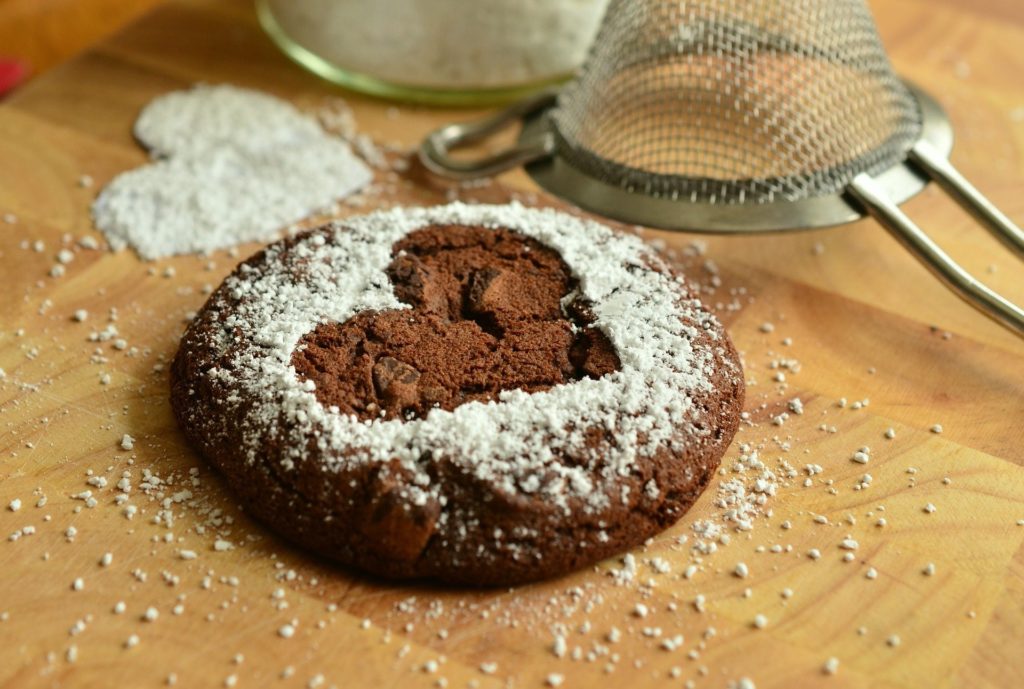You do not have to take cannabis for its “high,” seeing the herb can enhance the aroma of different recipes. With more than 100 terpenes, each strain of cannabis has unique characteristics. Many chefs consider using CBD oil their recipes to create custom menus.
The results of cooking with weed are pleasurable if you follow the recipes and observe the tips below. At first, cooking or baking with pot might be intimidating; we created this guide to make it easy for you.
Tips For Cooking With Cannabis
Stick To Recipes Involving Fats And Oils
There are thousands of recipes to choose from when you are learning how to cook with marijuana. The best recipes include olive, coconut oil, or butter. Cannabinoids are attracted to fats and oil, activating THC and other compounds in cannabis. Most recipes you will come across have these fats and oils, and as such, you have a list of endless recipes.
Choose Your Strain Wisely
Picking the right strain is as essential as choosing the right recipe. The right strain for you will depend on your mood and where you plan to be after using eating the cannabis food. If you need to relax and sleep, you need indicas, but if you need to get a lot of energy to take you through the day, sativas are your best choice.
If you need energy and aggression to face your day, try strains such as Sour Diesel, Casey Jones, Golden Goat, White Widow, or Lemon Skunk. If you need to relax your muscles, try strains such as Granddaddy Purple, Bubba Kush, or White Fire Alien OG.
Consider The Occasion and Time Of Day When Cooking With Weed
What is your intention for cooking with cannabis? Are you baking with pot for an at-home dinner or a brunch with friends? It takes about two hours to feel the effects of an infused meal. As such, make sure you leave enough time to cook, eat, and digest to get the full effect of cannabis food.
If you just learned how to cook with marijuana, it is essential that you make an infused snack or appetizer to see how much effect the main meal will have on you. When you consume a few milligrams of CBD or THC, you will pace yourself.
Get The Temperature Right When Baking With Pot
One of the most important processes when baking with pot is decarboxylation. Here, you expose the cannabis to a temperature of between 120 to 170 degrees Celsius for about 30 minutes. The process converts THCA to THC or CBDA to CBD to give you all the psychoactive effects of cannabis. During decarboxylation, you need to set the oven temperature right and mix the cannabis right to activate as much of it as possible. This is the reason why weed is meant to be smoked and not eaten raw – learn more about different ways to smoke it.
When you heat the oven to about 245 degrees Fahrenheit, cook for about 30 or 40 minutes mixing the buds thoroughly every 10 minutes. If you are pressed for time, heat the oven to about 300 degrees Fahrenheit and cook for about 18 minutes. When cooking with weed, maintain the temperature of the cooker between 160 and 200 degrees Fahrenheit when steeping the ground cannabis in oil. Always use a kitchen thermometer to confirm the temperature.
Strain Your Oil Properly When Cooking With Weed
After decarboxylating the cannabis, you need to make the infusion. The quality of the cannabis food will depend on the quality of the product you choose to infuse. As such, do not pick the cheapest oil you see on the supermarket shelves. Instead, pick good quality butter or olive oil to make the infusion.
The butter you choose needs to be soft, creamy, and delicious, so your infusion can have the same characteristics – Irish butter has these rich qualities.
It would help if you planned, especially when you are learning how to cook with marijuana. It takes between 4 and 6 hours to infuse the oil. For CannaButter, you need at least 24 hours.
After the infusion, you will now need to strain the out the plant material – another vital step. To adequately strain the infusion, use cheesecloth. The cloth allows oil to pass through while straining out the ground cannabis material. However, you have to give the cloth time to strain your oil out – if you squeeze the cheesecloth, you will not only push all the oil out but also some plant material with it.
Conclusion
After picking the recipe, decarboxylation, infusion, and other preparatory stages, it is now time to cook. The strained infusion should be treated like any other ingredient. With the right cooking accessories, you will have savory or salty food tasting just the way you want them. After preparation, keep your edibles refrigerated in a sealed container to last long. Ensure they are out of reach of children, pets, and adults who may not love the effect that your edibles give.
Disclaimer: The contents of this article are for informational purposes only and should not be taken as legal or medical advice. The writer will not be liable for how you use the information. Consult a doctor before smoking weed or essential herbs and consider the state or federal laws of your country of residence.
